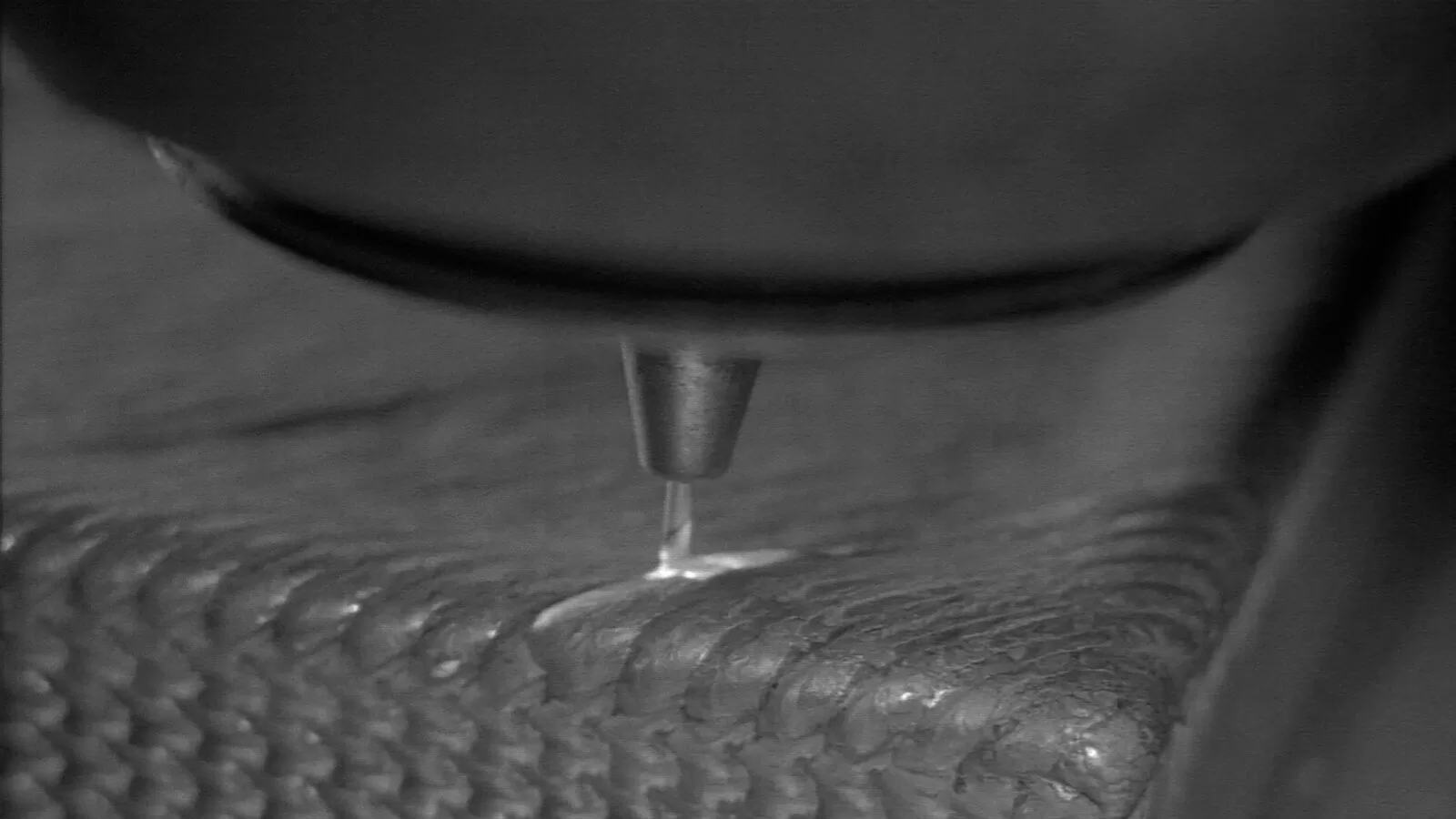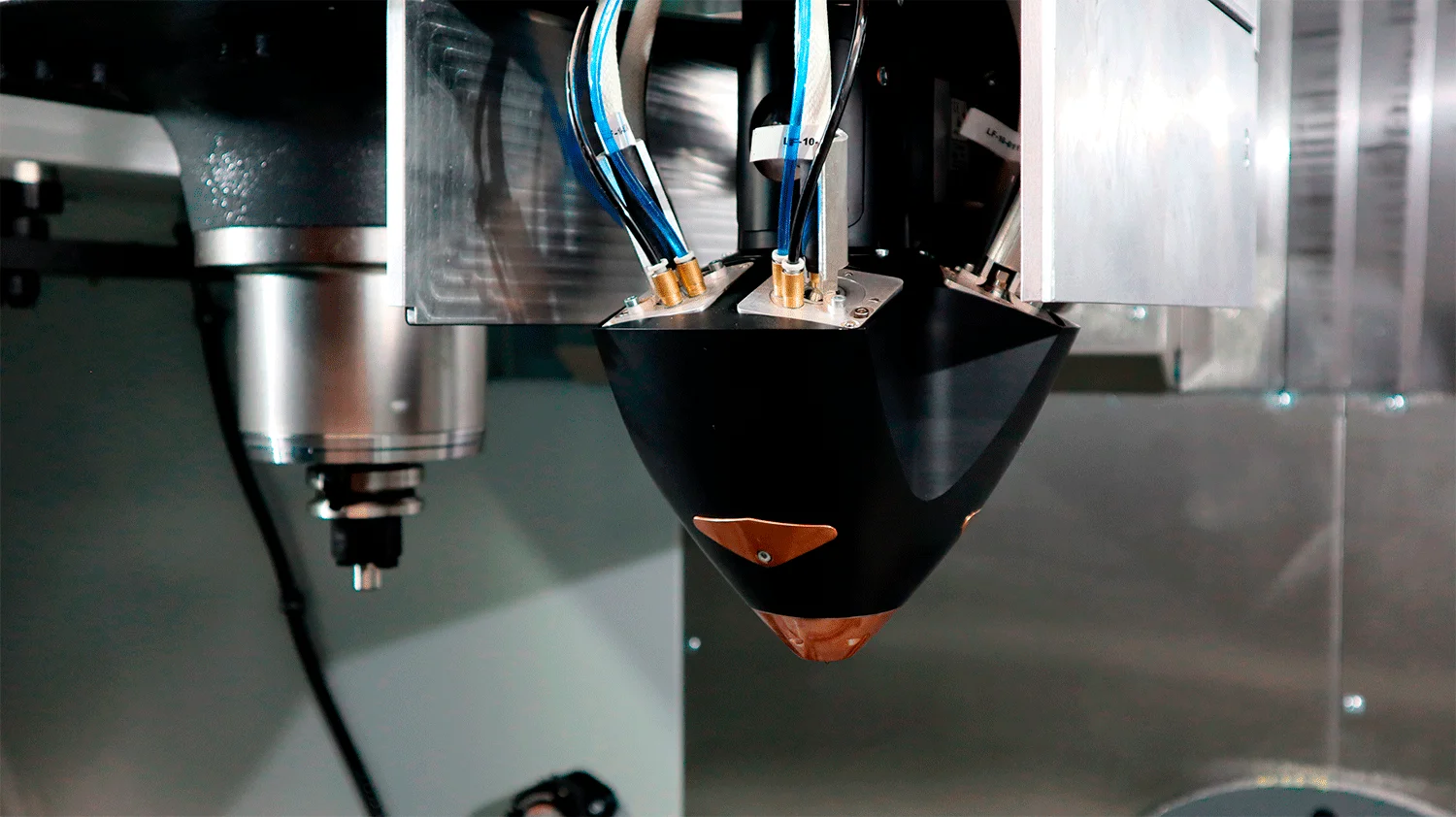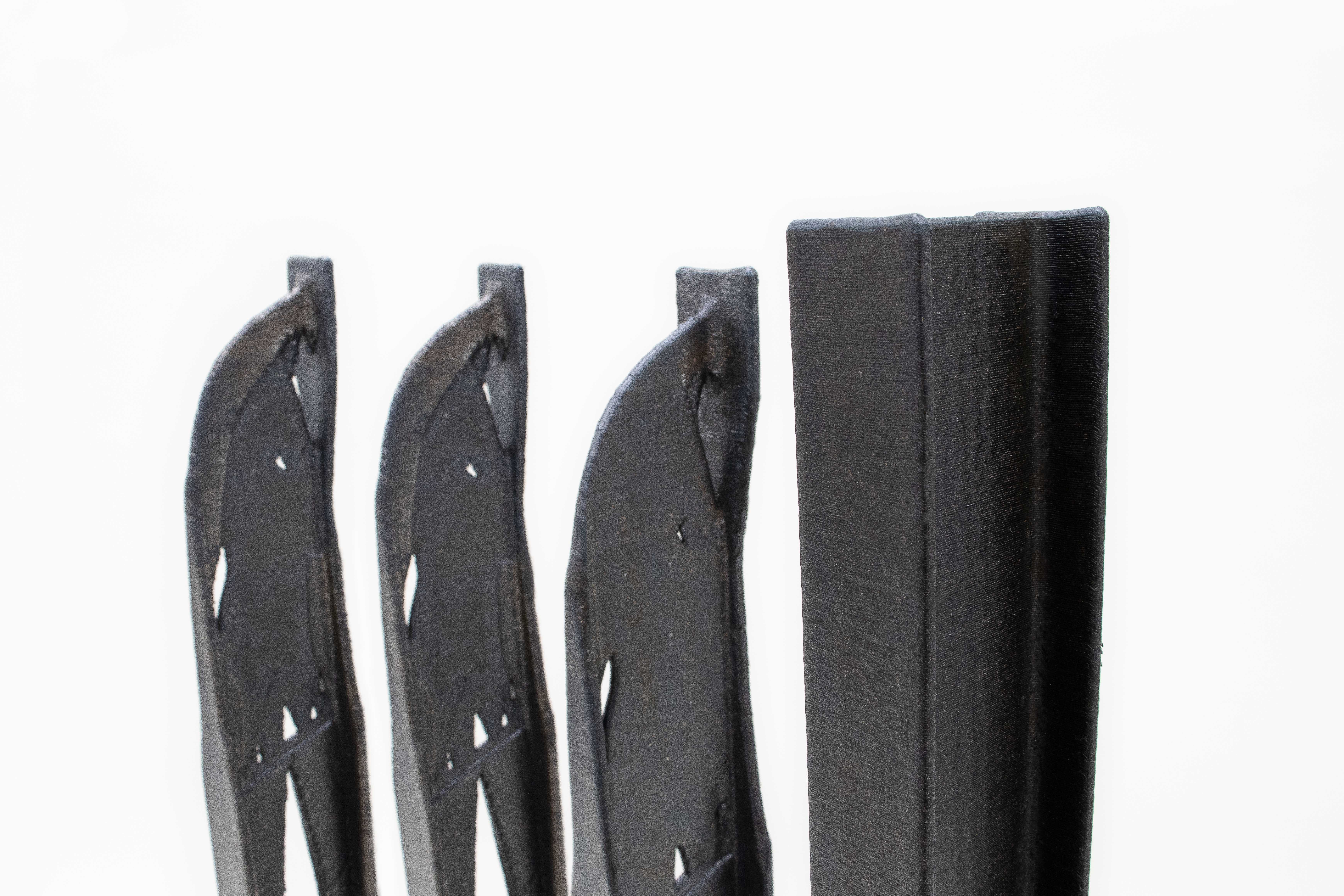Laser Metal Deposition (LMD) is one of the branches of DED (Direct Energy Deposition) and one of the youngest branches of metal 3D printing, and W-LMD is a type of technology whose basic raw material is welding wire. But let’s come back to the very beginning of metal 3D printing.
The first tests and devices printing metal appeared in the 1990s (DMLS), that technology was based on melting powder of various alloys with different thermal properties – i.e. the print did not match the properties of “real” metal.
The first 3D prints made of high-quality metal were made in the middle of the first decade of this century. At that time, Binder Jetting and Direct Energy Deposition (DED) appeared – in the first phase, based on the sintering of metal powder and later with a wire-based methodology – called Wire Laser Metal Deposition.
The very beginnings of Technology
As for the roots of W-LMD and the laser welding processing methodology itself, we have to go back far before the first metal 3D printing methodologies. The technology has its original roots in the laser welding method – LBW (Laser Beam Welding), which was developed by one of the members of the American National Inventors Hall of Fame – Marshall Jones, who had been working on it since the early 1970s.

Further work and the next evolution of the method, i.e. the method of splitting the beam, made it possible to heat two materials (surfaces) at the same time – and this was the basis for its effective use in welding and later in Wire Laser Metal Deposition.
Further development – the path to additive manufacturing
It was quickly noticed that this method, thanks to direct interference on the surface, was much faster than the already-known MIG or TIG welding methods. Additionally, thanks to the reflective properties of the laser, the melting field penetrated deeper into the material, which ensured the creation of a better bonding.
The laser welding (LBW) methodology became popular wherever strong, fast joining was needed. Users quickly realized that the melting point was much smaller, which made it possible to connect thin surfaces with minimal risk of deformation (much lower than methods based on a welding arc).
Integration – the only possible path of LBW development
What is the greatest advantage of this welding method, at some point became the nightmare of those who wanted to fully use it. It was realized that even the best operator could not perform welding with such precision. It was clear that the only possible development path could be the use of a stable robotic arm.
Only this form of work ensured the use of the properties of the methodology. This caused another slowdown related to the possible high investment cost and difficulties in obtaining properly trained operators.
The last decade and the development of robotics, which has become a more accessible technology – but on the other hand also more necessary – resulted in companies returning to laser welding, realizing that the integration of these two systems is necessary and optimal.
Wire Laser Metal Deposition – time for a Revolution with Multi-laser Deposition Head
In the second part of the last decade, thanks to the involvement of companies from Spain and the United States, the Meltio company was established, which in 2019 developed a unique method of spatial construction (3D printing) based on LBW properties.
Using all the best features of the known methodology, it has developed a special deposition head system which, by being able to influence the welding wire and the melting site itself from each side, allows for a free change of the direction of work, without affecting the quality and strength of the bond.
Multiple lasers that surround the melting-pool aim to keep the process stable during deposition regardless of which direction we are printing in. Coaxial laser head with multiple laser sources and the wire from the center is the real differentiator that makes the process run stable in any print direction. The brilliant thing is that the old technology has been given full control of the process.

A constant deposition distance also has a positive effect on the density of the deposited metal, which makes the layers and the entire element uniform and therefore much more durable than other metal printing methods.
A brilliant solution within everyone’s reach
It hasn’t been mentioned one advantage yet – freedom of integration. This is one of the key elements of W-LMD development, which allows us to make a choice:
1. Whether we want our 3D printing to be a stand-alone 3D printer, or maybe integrated with a CNC machine – where the alternating additive and subtractive process gets the best of both worlds;
2. Or it should be a system based on on a robotic arm, which gives greater freedom to print geometrically difficult elements, but also provides a new possibility of creating external coatings.



